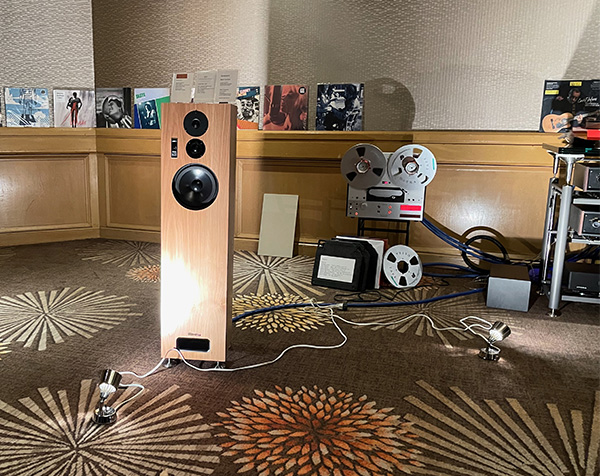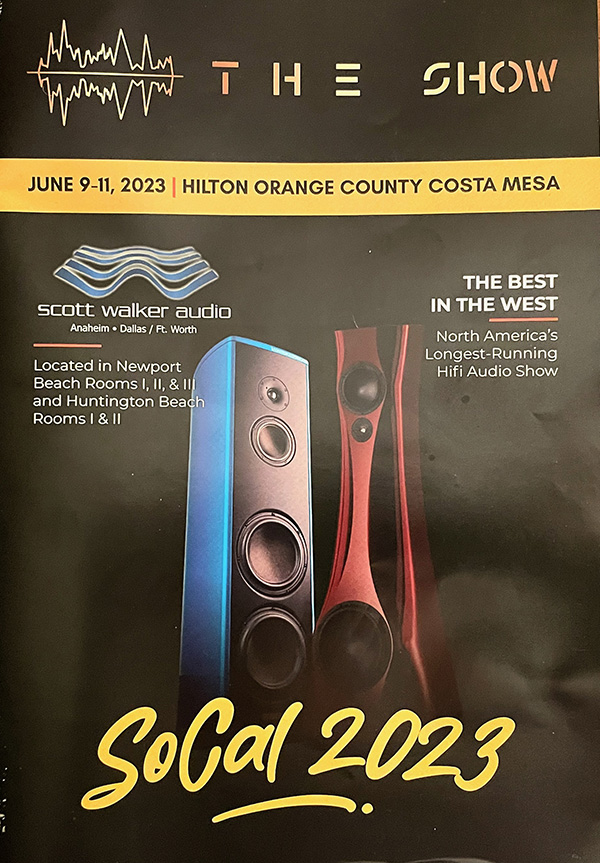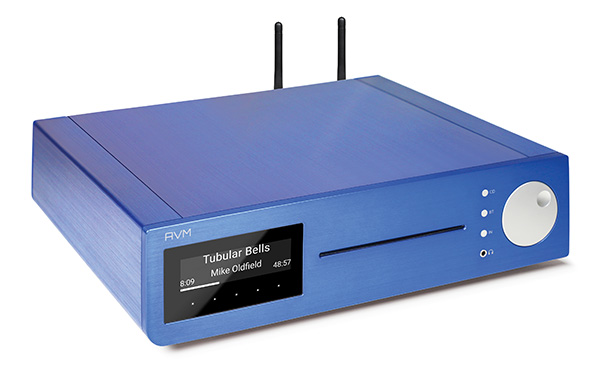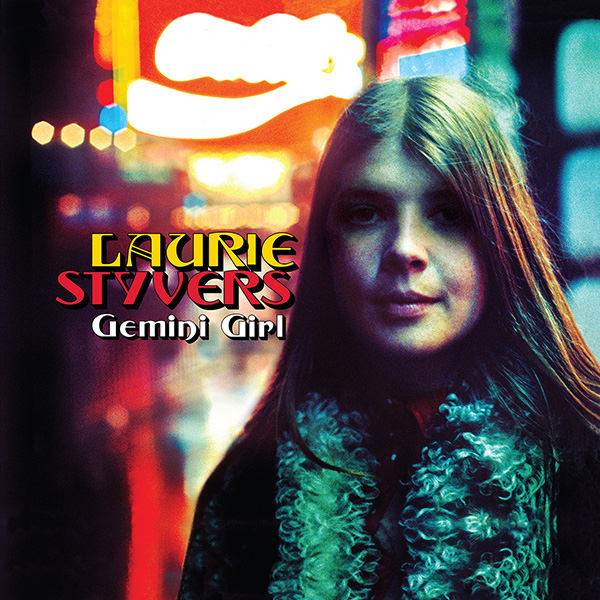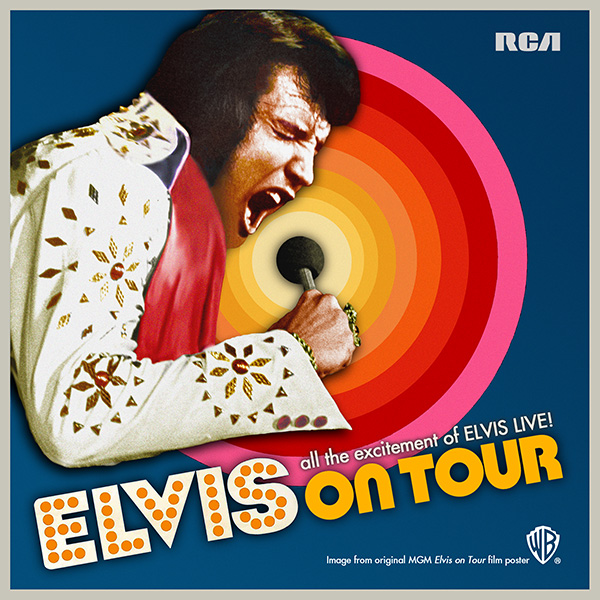LATEST ADDITIONS
Gryphon. OMG, Gryphon!
That's another way of saying that Joseph Cali (left in photo) and Rune Skov (right), had every reason to be proud of their accomplishment.
The Home Entertainment Show Opens Today in Costa Mesa, CA
AVM Inspiration CS2.3 CD receiver
Dan D'Agostino Momentum M400 MxV monoblock power amplifier
June 2023 Classical Record Reviews
June 2023 Jazz Record Reviews
June 2023 Rock/Pop Record Reviews
Robbie Fulks is Bringing It All Back Home
"I was fatigued from what I'd been doing," Fulks told me recently via Zoom, sitting in his kitchen in Atwater Village, a Los Angeles neighborhood between Glendale and Burbank. "Me on acoustic guitar, with electric guitar, bass guitar and drums, that was my sound for something like 13 years. I was so tired of it, I was actually thinking of doing something other than music."
Rabbit Holes #4: Elvis On Tour
Keeping fans satisfied but also looking forward is an effective marketing tool, one that Ernst Mikael Jørgensen, the guru of all things Elvis, has mastered. His latest project is the six-CD box set Elvis On Tour, which is connected to the 50th anniversary of Presley's 1972 US tour and the rerelease of the MGM documentary/concert film of the same name, a Blu-ray of which is also included.

